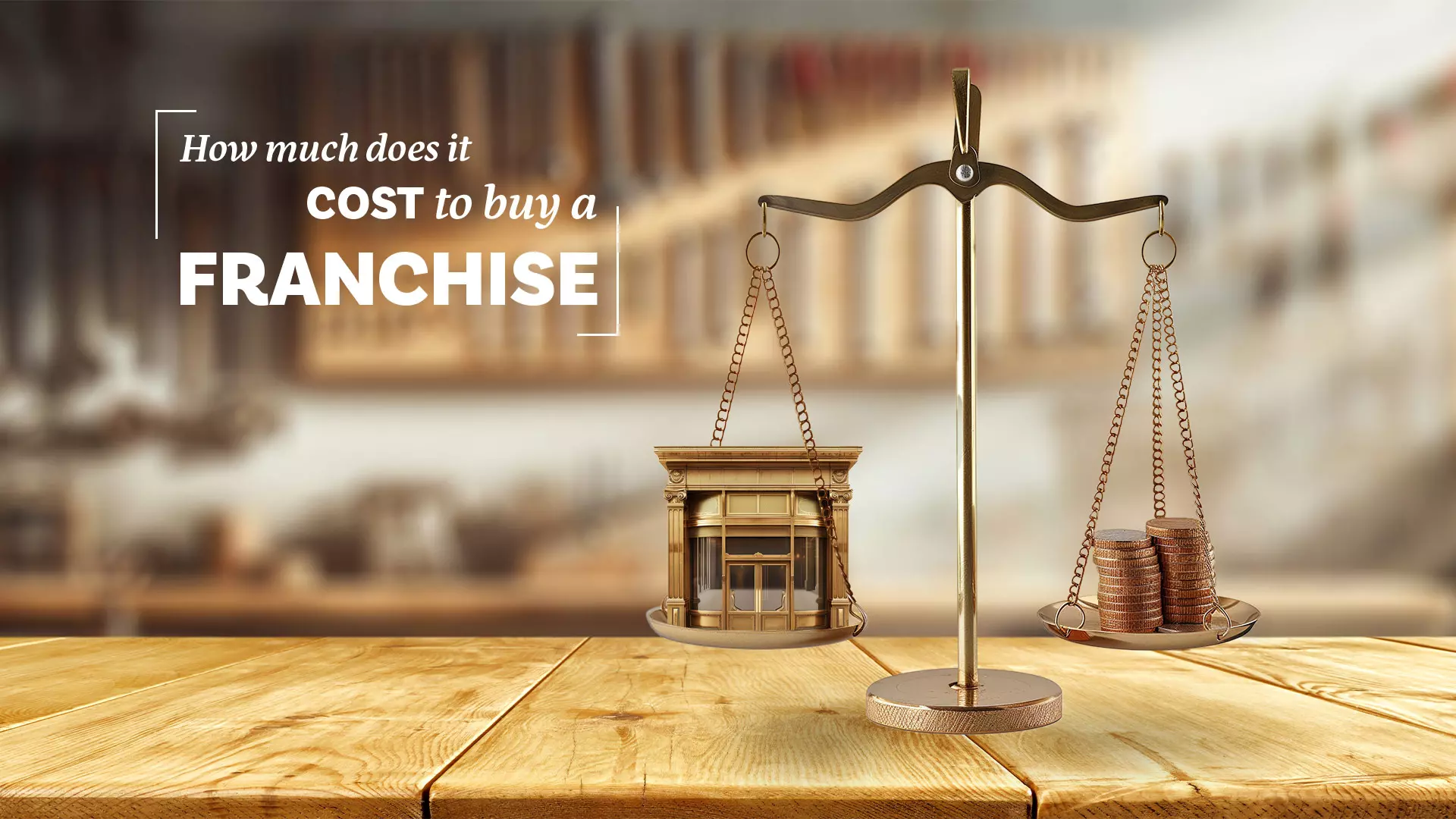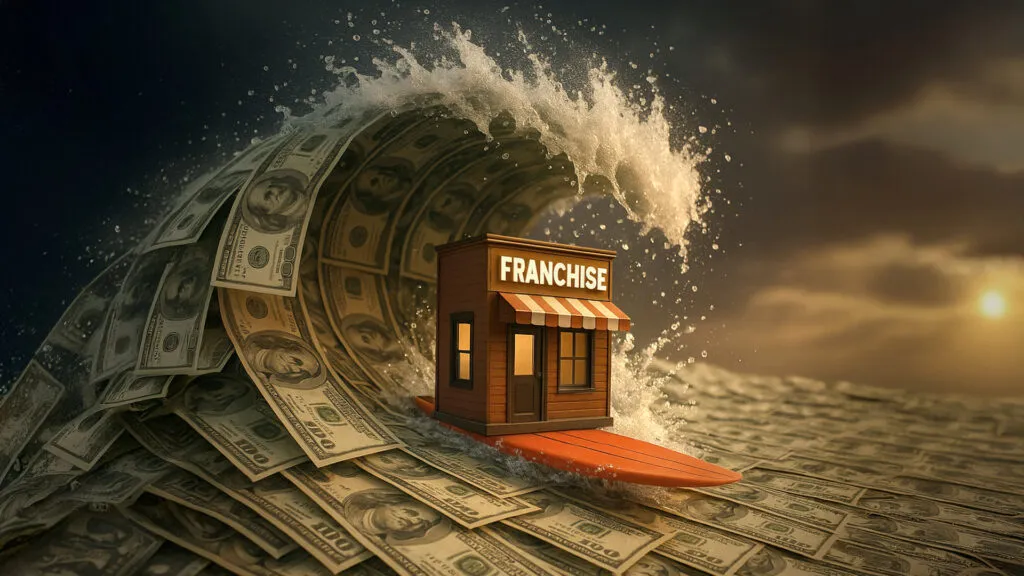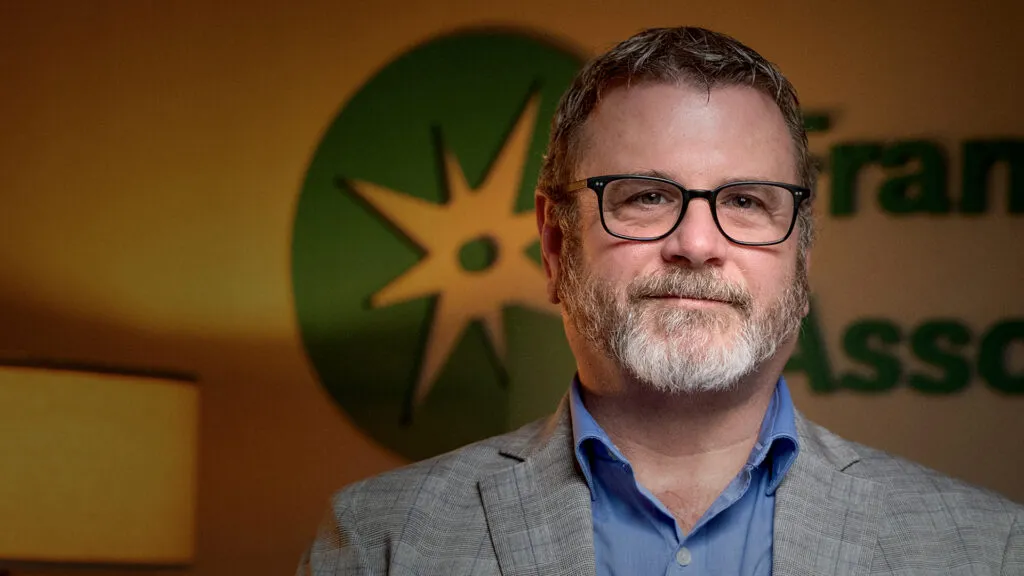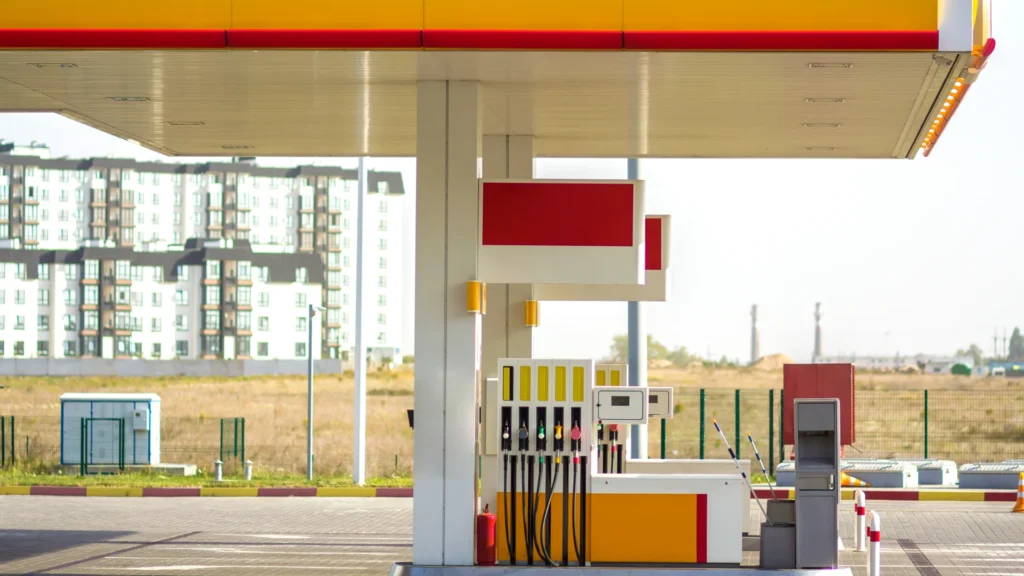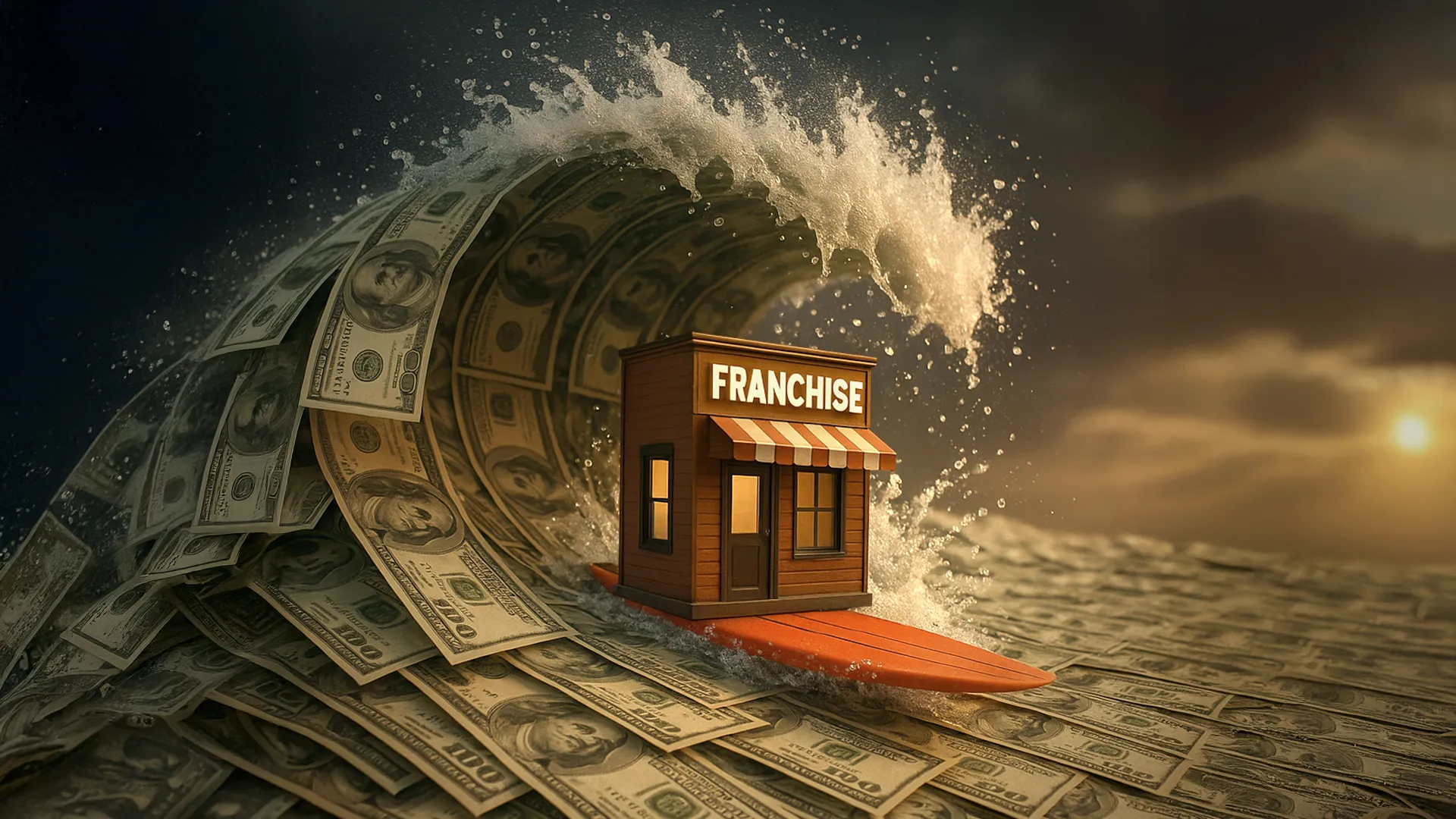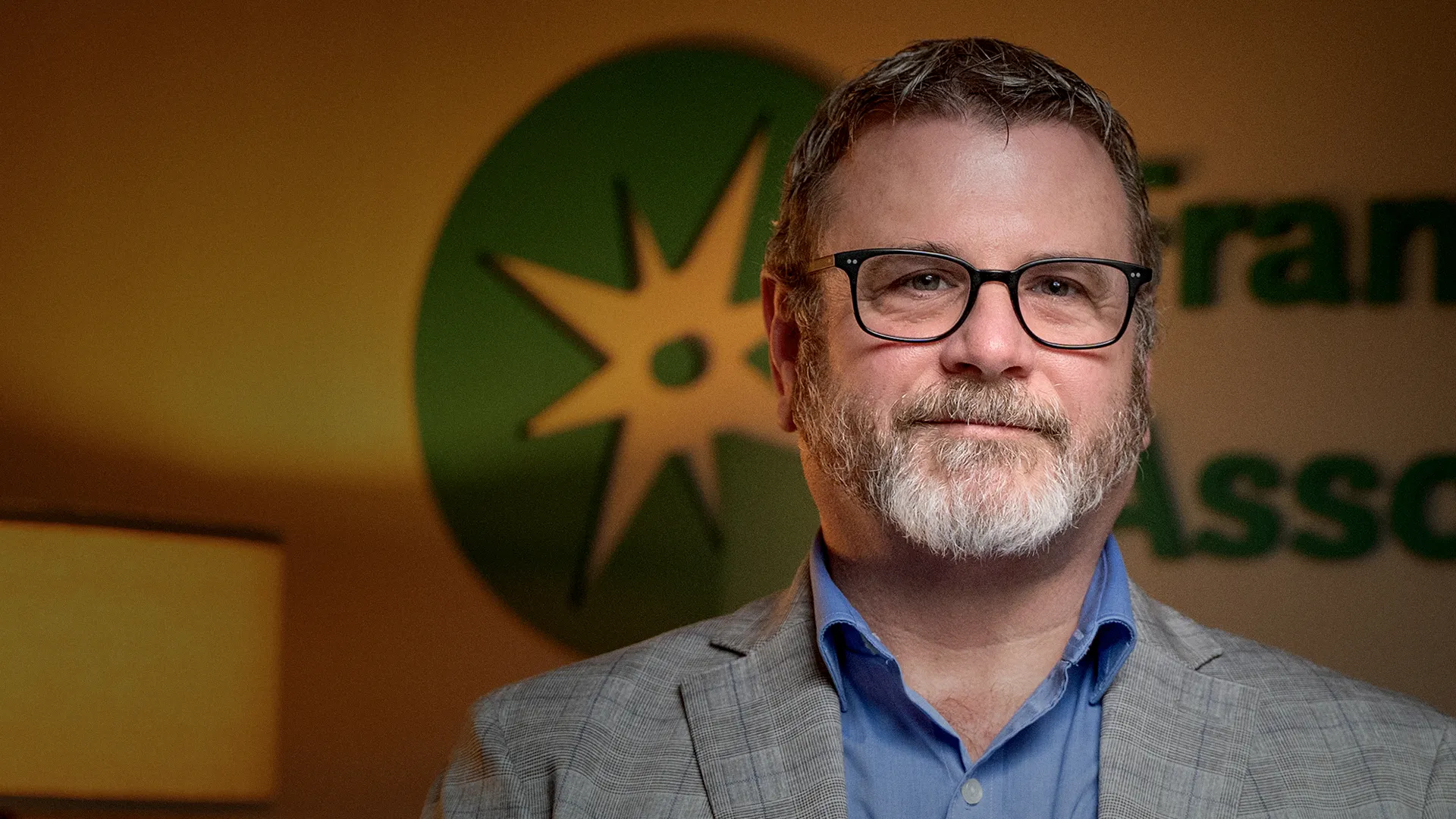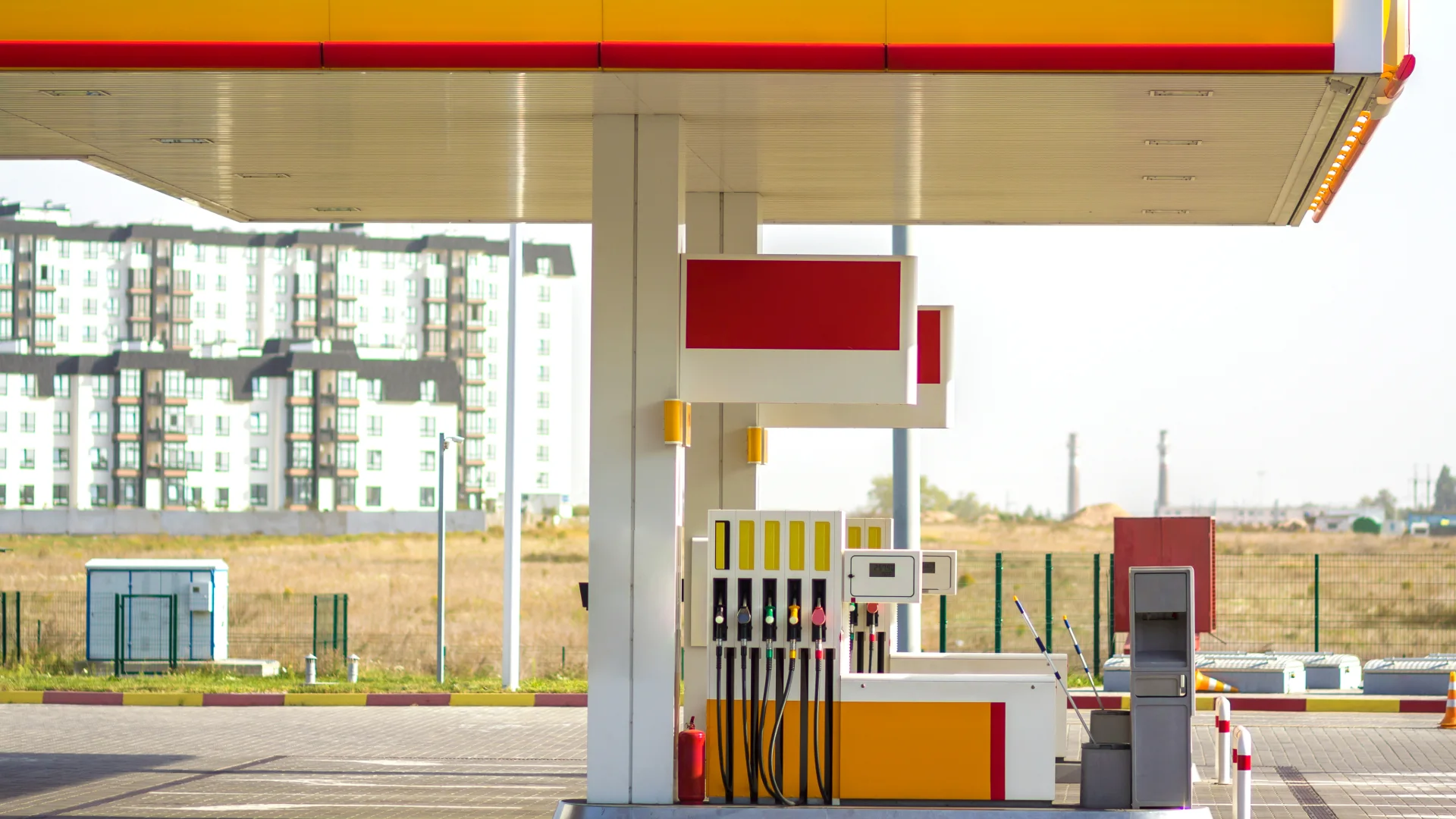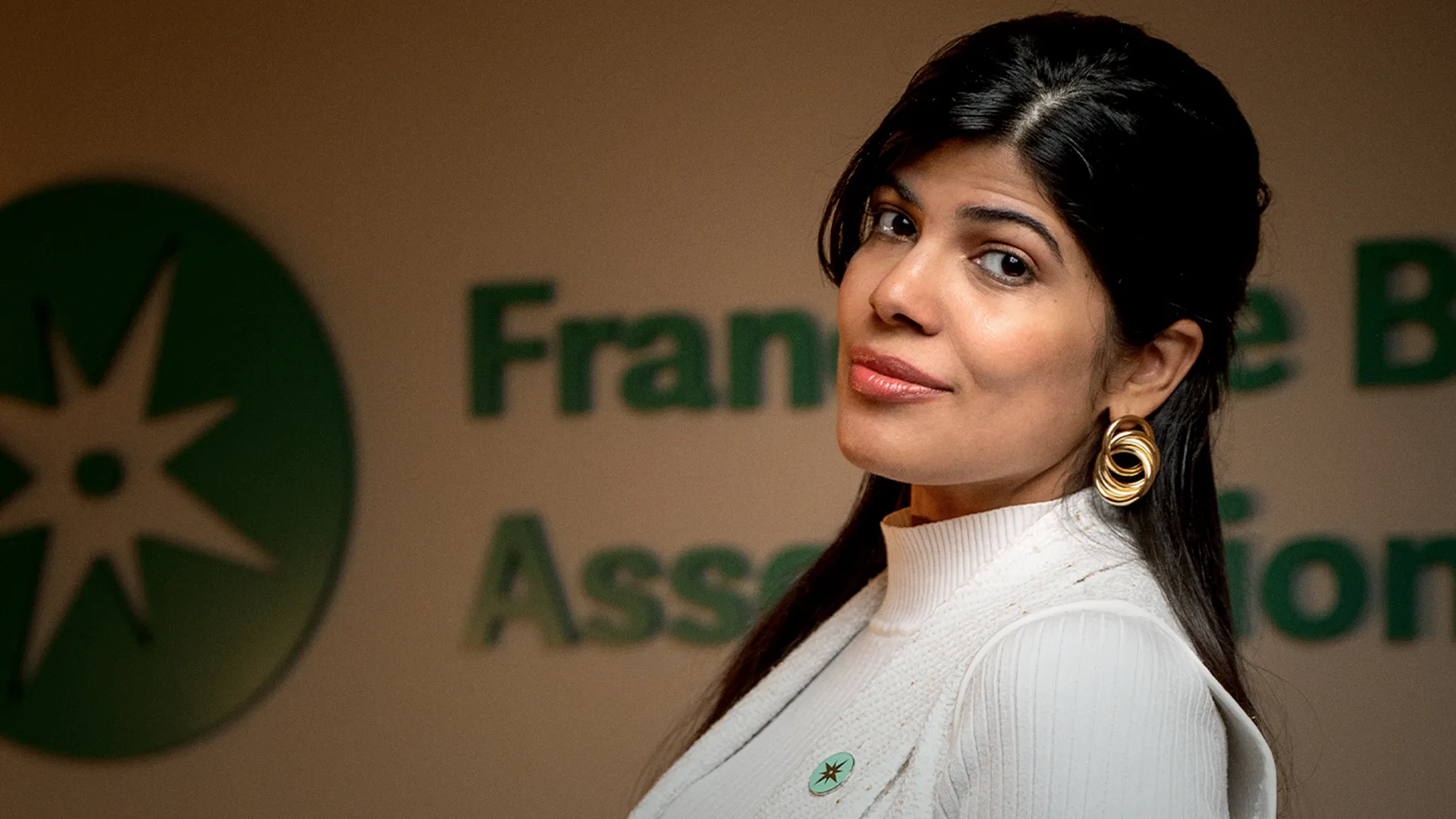So, you want to know “how much does it cost to buy a franchise?” We have tons of information on what franchising is, why it’s a great option for those interested in owning a business, how to get started, how much it costs, and more.
Have you fully explored these topics? If not, start here.
Okay, now let’s talk about money—here’s the truth. Every adventure comes with a price of admission, and franchising is no exception.
The journey to business ownership through franchising requires a clear understanding of the financial commitments involved (and perhaps a tiny leap of faith in the proven system). Whether you’re turning a passion into a profitable business or you’re seeking the autonomy that comes with being your own boss, the financial groundwork in any investment is fundamental.
But here’s the silver lining: investing in a franchise means investing in a proven model, one that has already charted the course to success, mistakes to avoid, and strategies that work. It’s a total business blueprint.
In this article, we will take a look at initial investments, ongoing fees, and the potential for growth—not just answering the question of “how much?” but to understand the “why” behind the numbers. In doing so, you will have the knowledge to navigate the financial aspects of franchise ownership confidently.
So, How Much Does it Cost to Buy a Franchise?
The straightforward answer: It depends.
The total investment required to buy and operate a franchise varies widely based on the brand, industry, location, and several other critical factors. This variability underscores the importance of diving deep into each franchise opportunity to understand the full financial commitment involved.
While franchise costs can range dramatically—from less than $50,000 for home-based, service-oriented franchises to well over a million dollars for large, brick-and-mortar establishments in industries like hotels or restaurants—it’s important to note that truly robust franchise systems often require a more significant investment. Indeed, it’s rare to find comprehensive franchise opportunities with a total investment under $50,000. This is because a well-structured franchise system, offering thorough support, training, and a proven business model, necessitates considerable resources.
In the upcoming sections, we will dissect the various costs associated with franchising. From initial fees that grant you access to the franchisor’s proven business model and support systems to the ongoing investments required to keep the business thriving, we aim to provide a comprehensive overview. Understanding these details is crucial for anyone considering franchise ownership, as it not only impacts your initial financial planning but also influences long-term profitability and success.
Initial Franchise Fee
Some buyers see a franchise fee and wonder, “what is that?” when they see the franchise fee. Meanwhile, this fee is essentially your key to the business. It’s a one-time payment to the franchisor that opens up access to their established brand, proprietary systems, and ongoing support.
This cost isn’t for the franchisors to pocket extra money—it’s a crucial fee because it covers the cost of the training, support, and resources you’ll receive to start your franchise on the right foot. The amount varies widely depending on the franchise brand and can range anywhere from $10,000 to $50,000, and in some cases, even higher for more established or in-demand brands.
This fee isn’t arbitrary. It’s calculated to reflect the value of the franchise system’s proven business model, brand recognition, and the initial training and support you’ll receive. This up-front investment is your stake in a business model that has been refined through years of operational experience—one that comes with a playbook on avoiding common pitfalls and accelerating your path to profitability.
Understanding the initial franchise fee is vital, not just for budgeting purposes, but also for appreciating the value it brings to your franchise journey. This fee is your ticket to becoming part of a brand family, gaining access to a network of fellow franchisees, and leveraging a model that’s designed for success.
As you consider different franchise opportunities, pay close attention to what the initial franchise fee includes. While the sticker price is important, the real value lies in the training, support, and brand equity you’re buying into.
An FBA Franchise Broker can help you break down these costs to see where your money goes.
In the next section, we’ll look into the costs of equipment and inventory, another critical financial consideration as you further explore the franchise landscape.
Equipment and Inventory Costs
After you’ve paid your initial franchise fee and officially joined the brand family, the next step is to set up your business with the necessary equipment and inventory.
This phase is where your business starts to take physical shape, whether it’s outfitting a restaurant kitchen with the latest appliances or stocking the shelves of a retail store with products—so on and so forth.
The costs for equipment and inventory can significantly vary depending on the type of franchise you’re investing in. For instance, launching a QSR (Quick Service Restaurant) franchise might require a larger initial outlay for kitchen equipment compared to a service-based franchise, like a mobile pet grooming service, which might need a van and grooming tools. It’s important to factor in these costs early on, as they are crucial for the day-to-day operations of your business.
If you like to save money, you’ll love this: you can save a lot of money on taxes with certain types of equipment and vehicles. Again, your FBA Franchise Broker can assist you with more information on tax savings in business ownership.
Additional aspects of equipment and inventory cost to keep in mind:
- Industry-Specific Needs: The franchise disclosure document (FDD) will outline the necessary equipment and initial inventory your franchise needs to operate.
- New vs. Used: To save on upfront costs, consider whether purchasing used equipment is an option. Some franchisors may have preferred vendors or specific equipment requirements, but others might allow more flexibility.
- Inventory Levels: Understand the initial inventory requirements and the process for replenishing stock. This understanding will help you manage cash flow and ensure you have the right amount of product without overextending financially.
A vital aspect of managing these costs effectively is working with the franchisor and taking advantage of any group purchasing agreements or discounts they have established with suppliers. This collaborative approach can significantly reduce your outlay for equipment and inventory, making your initial investment stretch further. The good news is—this information is all laid out for you in the system. You don’t have to waste money and resources figuring it out on your own.
With your equipment and inventory in place, you’ll be one step closer to opening day. But before you open your doors, there’s another critical expense category to consider: real estate and build-out costs, which we’ll explore in the next section.
Real Estate and Build-Out Costs
When it comes to securing the perfect location for your franchise, there’s more than real estate to consider. Whether you’re leasing a space in a high traffic shopping center or purchasing a standalone building, the costs associated with real estate and making the space fit your needs (build-out costs) are substantial components of your total investment.
Here’s what you need to consider:
- Location, Location, Location: The cost of real estate varies dramatically based on geography. Prime locations in major cities will command higher prices than those in smaller towns. Your franchisor may provide guidance on the ideal site characteristics to look for, balancing visibility, foot traffic, and affordability.
- Lease vs. Purchase: Deciding whether to lease or buy the property for your franchise depends on your financial situation, long-term plans, and the franchisor’s model. Leasing offers flexibility and lower upfront costs, while purchasing could be more cost-effective in the long run. Think about this investment with the end in mind.
- Build-Out Costs: Transforming a blank space into a brand-compliant franchise location can be expensive. These costs cover everything from interior design and fixtures to signage and equipment installation. Most franchisors offer design templates or contribute towards these costs.
- Navigating Negotiations: Whether you’re negotiating a lease or purchase terms, it’s essential to understand the market and have a skilled negotiator on your side. A GOOD Franchise Broker (an FBA Broker) can offer invaluable assistance, ensuring you get the best deal possible and avoid common pitfalls.
Understanding the complexities of real estate and build-out costs is crucial when deciding which type of franchises your budget allows for. These costs directly impact your startup phase and ongoing overhead, influencing profitability and growth potential.
Next, we’ll delve into the necessity of operating capital—the financial cushion that keeps your business running smoothly during its initial phase and beyond.
The Role of Operating Capital
Understanding operating capital is for securing your business’s long-term stability. This is precisely why franchisors specify a liquid capital requirement for potential franchisees. They know from experience what it takes to sustain the business until it can stand on its own.
Operating capital covers a range of expenses, from inventory restocking and payroll to utility bills and marketing activities. Here’s why it’s a critical component of your franchise investment:
- Liquid Capital Requirements: These are not arbitrary numbers, either. Franchisors calculate liquid capital requirements based on historical data and the performance of existing franchise units. This figure is designed to give new franchisees a realistic threshold for financial preparedness.
- Planned Financial Path: Franchises benefit from a business model that has already faced and overcome various challenges. The franchisor’s guidance on operating capital is derived from this wealth of experience, offering you a roadmap for financial management.
- Documented Utilization: The best part about franchising is the transparency and documented history of how operating capital is utilized. Prospective franchisees can review these figures to understand better how their capital will be employed and the typical timelines for achieving profitability.
The inclusion of a liquid capital requirement is a testament to the franchisor’s commitment to your success. It ensures that you enter the franchise world with your eyes wide open, fully aware of the financial journey ahead.
Royalty and Advertising Fees
Once your franchise is up and running, the initial investment is just the beginning. To maintain the support, brand strength, and competitive edge provided by the franchisor, you’ll encounter ongoing costs, most notably royalty and advertising fees. These fees are crucial for the sustained success and growth of both your franchise and the brand as a whole.
What are those ongoing costs?
- Royalty Fees: This is a regular payment made by franchisees to the franchisor, typically calculated as a percentage of the franchise’s gross sales. Royalty fees compensate the franchisor for the continuous use of the brand, system, and support. Rates can vary significantly depending on the franchise but expect them to range from 4% to 8% of monthly gross sales. These fees fund the ongoing support services, training, system improvements, and sometimes access to a centralized purchasing system.
- National Advertising: Besides local marketing efforts, franchisees usually contribute to a national advertising fund. This pooled resource finances large-scale marketing campaigns, brand promotion, and development of marketing materials that benefit the entire network. Like royalty fees, these contributions are often based on a percentage of gross sales, typically between 1% and 4%.
It’s crucial to view these ongoing costs as investments in your business’s growth and the brand’s market presence. The franchisor’s marketing efforts increase brand recognition, directly impacting your franchise’s potential customer base.
So as you plan your franchise investment, factor these ongoing costs into your financial projections. They are integral to your business’s operational framework and essential for leveraging the franchisor’s brand and system strength.
Comparing Costs: Traditional Startups
As we’ve explored the financial landscape of buying a franchise, we’ve touched on several key costs: the initial franchise fee, equipment and inventory investments, real estate and build-out expenses, operating capital, and ongoing royalty and advertising fees, among others.
Each of these plays a vital role in launching and maintaining a successful franchise business.
At first glance, the array of expenses associated with franchising might seem daunting, potentially more substantial than choosing business ownership through an independent startup. However, this perspective shifts dramatically when you consider the value embedded in each dollar spent within a franchise system.
Starting a business from scratch involves numerous hidden costs and uncertainties. The trial and error of hiring the right team, marketing to establish a customer base, sourcing and outfitting a location, and navigating the myriad challenges of entrepreneurship can quickly escalate expenses—often beyond initial projections. Moreover, the success of a startup is never guaranteed, adding a layer of financial risk.
Comparing Costs: Franchising
In contrast, investing in a franchise offers a more structured and potentially less risky pathway to business ownership. The franchise fee unlocks a proven business model, complete with brand recognition, operational systems, and a support network designed to accelerate your path to profitability. The equipment, inventory, and real estate expenses contribute to a business environment tailored for success, while operating capital ensures you have the financial runway to establish your franchise effectively.
Ongoing costs like royalty and advertising fees are investments in continuous support and brand growth, contributing to a collective marketing effort that benefits all franchisees.
Calculate Your Next Move
In essence, while the upfront and recurring costs of franchising may initially appear high, they facilitate entry into a business venture with a significantly higher likelihood of success compared to starting from scratch.
The comprehensive support, brand strength, and proven operational models provided by a franchise system represent a substantial value that can justify the investment and potentially yield higher returns in the long run.
But at the end of the day, the choice is yours—and so is your money. What you do with it is up to you. We’re here to help guide you through franchising, if you think it’s an option.



